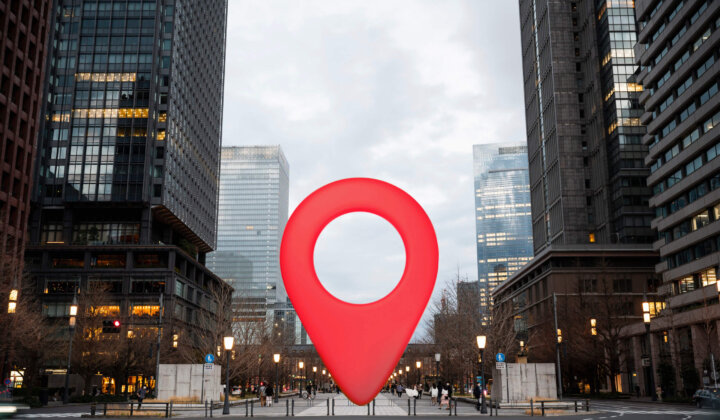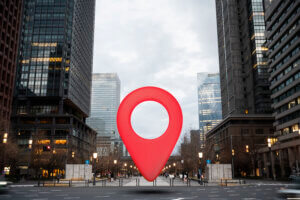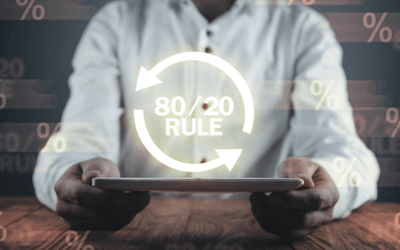In the evolving landscape of digital marketing, staying ahead of the curve isn’t just an advantage; it’s a necessity. Geofencing is one piece of technology that has been making waves by showing its effect on targeted advertising. At Zillas, we believe in the power of staying at the forefront of marketing innovations. In this comprehensive guide, we’ll review the world of geofencing, clarify how it works, explore its applications in marketing, discuss common misconceptions and learn about its promising future.
Defining Geofencing: Navigating the Digital Perimeter
At its core, geofencing is a location-based marketing technique that involves setting up virtual perimeters around specific geographic areas. This allows businesses to trigger actions when a mobile device enters or exits the designated zone. To better understand its significance, let’s take a brief journey through the evolution of geofencing technology.
The Evolution of Geofencing Technology
Geofencing has come a long way since its creation. While it initially relied on GPS technology, it has evolved to incorporate RFID (Radio-Frequency Identification) and Wi-Fi, making it more versatile and precise. This evolution opened up new possibilities for businesses to connect with their target audience in profound ways.
Understanding Geofencing Technology
Understanding how geofencing works is pivotal to reaching its full potential. It relies on a combination of GPS, RFID or Wi-Fi signals to establish virtual boundaries. These boundaries, known as geofences, can be customized to fit any shape or size, from a simple circle around a store to a more complex polygon covering an entire event venue.
Setting up a Geofence and Triggering Actions
The process involves defining the geographical parameters, implementing the necessary technology and integrating it with a mobile app or other marketing platforms. When a user with a mobile device enters the predefined area, the geofence triggers specific actions, such as sending targeted notifications, ads, discounts or other personalized content.
Geofencing in Action: Revolutionizing Marketing Campaigns
Geofencing’s applications in marketing are as diverse as they are powerful. Here are some real-world examples that showcase its effectiveness.
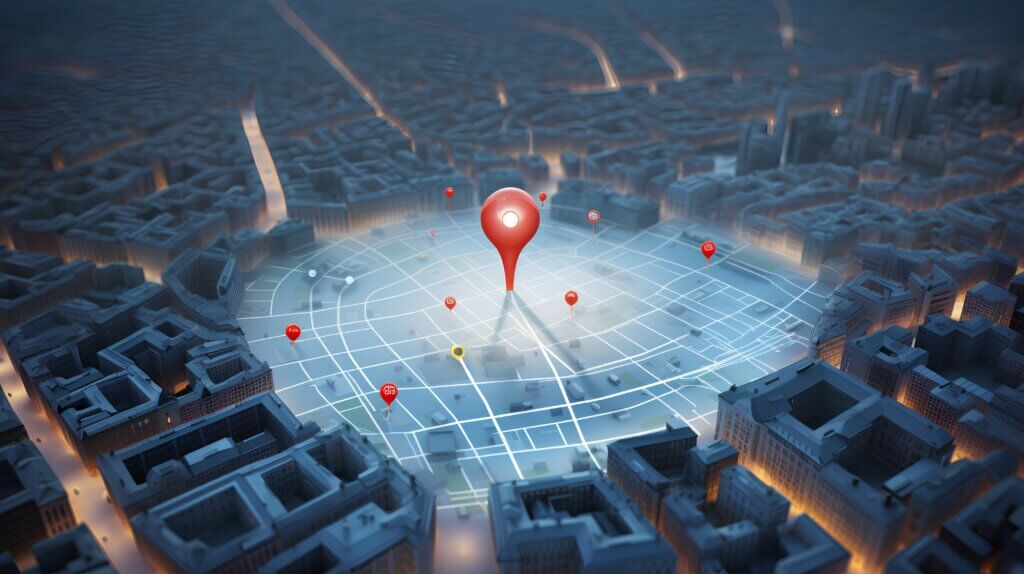
Targeted Advertising: Precision at Its Finest
Geofencing allows businesses to deliver highly targeted ads to users within a specific location. Imagine a retail store pushing promotions to potential customers in the vicinity of a restaurant, enticing passersby with a limited-time offer. This level of precision ensures that marketing efforts are focused where they are most likely to yield results.
Improved Customer Engagement: A Personalized Approach
One of the key advantages of geofencing is its ability to engage customers at the right time and place. Sending timely and relevant messages enhances the overall customer experience, creating a sense of connection with the brand.
Analytics: Unveiling Insights for Informed Decision-Making
Geofencing doesn’t just stop at reaching the right audience; it also provides valuable data and consumer insights. Analyzing customer movements, preferences and behaviors within the geofenced areas enables businesses to refine their strategies and tailor future campaigns more effectively.
Debunking Geofencing Myths: Separating Fact from Fiction
As with any innovative technology, geofencing has its fair share of misconceptions. Let’s address some common myths and set the record straight.
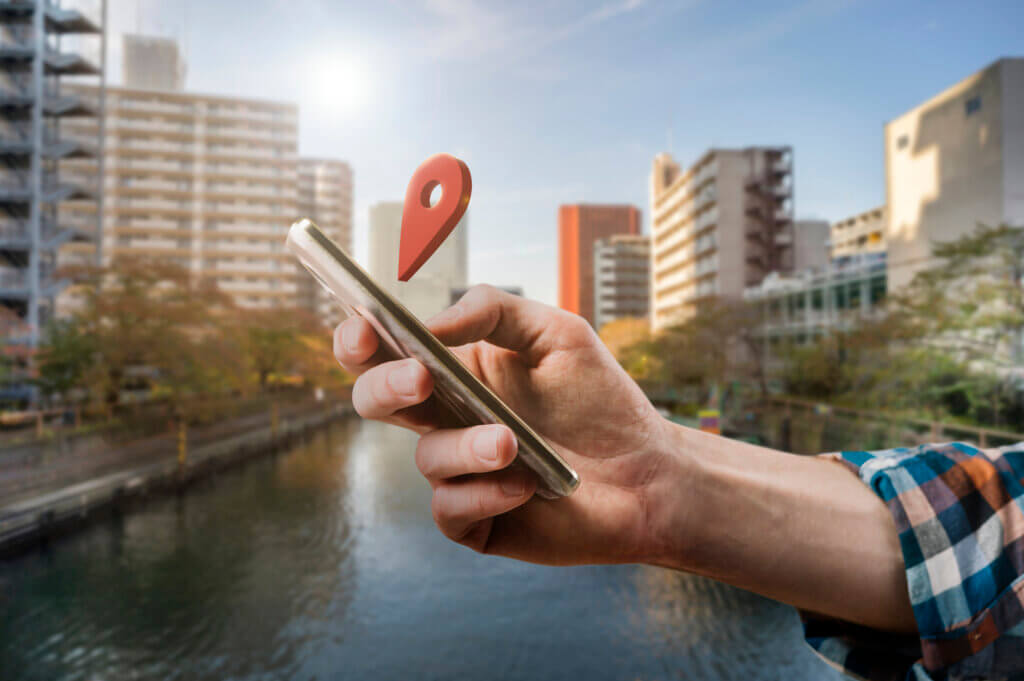
Privacy Concerns and Ethical Use
Privacy is a paramount concern in the digital age. It’s crucial to emphasize that geofencing, when used responsibly, respects user privacy. Users must opt-in to receive notifications, and their personal data is then anonymized for analytical purposes, ensuring a balance between personalization and privacy.
Geofencing vs. Other Location-Based Marketing Techniques: Choosing the Right Fit
Geofencing is not the only player in the location-based marketing arena. Let’s compare it with other technologies, such as beacons and highlight the unique advantages that set geofencing apart.
The Unique Advantages of Geofencing
Unlike beacons, which require users to have a specific app installed, geofencing operates seamlessly in the background, reaching a broader audience. Its versatility in defining custom-shaped boundaries adds another layer of flexibility, making it an ideal choice for various marketing scenarios.
The Future of Geofencing in Marketing: A Glimpse into Tomorrow
As technology continues to advance, so does the potential of geofencing. Let’s look into how future trends and potential applications could reshape the marketing landscape.
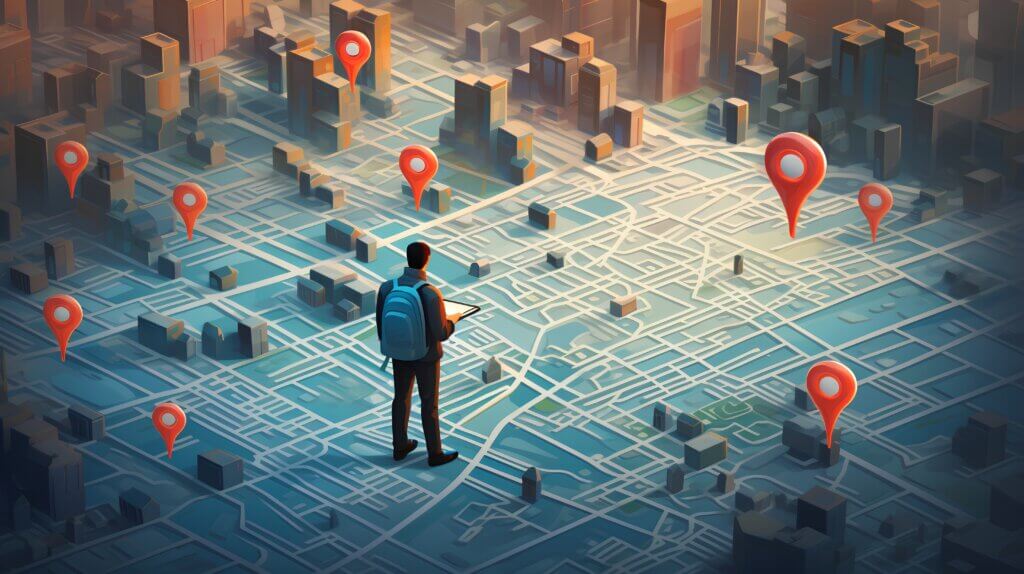
Future Trends: What Lies Ahead
From augmented reality integrations to enhanced AI-driven personalization, the future of geofencing holds exciting possibilities. Businesses that embrace these advancements will be well-positioned to stay ahead in the competitive digital market. A family-owned pet food brand showcased the potential of geofencing to deliver tailored messaging, drive brand engagement, and amplify business success. From their strategic virtual boundaries around pet-centric locations, they generated staggering results—including a 35% increase in foot traffic and a 46% higher click-through rate compared to previous non-geofenced campaigns—this case study highlights how geofencing provides a competitive advantage, creating meaningful connections with the right audience at the right time and place.
New Applications Across Industries
At the forefront of innovation, healthcare is tapping into the transformative capabilities of geofencing to reimagine its operations. Beyond conventional advertising, geofencing strategically engages patients, visitors and staff with precision at key moments. Envision hospitals seamlessly delivering timely information in waiting rooms and enhancing employee communication through on-site updates. This goes beyond mere efficiency gains; it’s about reaching the right audience, optimizing costs, and injecting personalization into healthcare experiences. While our focus has been on geofencing in a marketing context, its applications stretch further. Industries, including healthcare, logistics, and smart cities, are exploring inventive ways to leverage geofencing for enhanced services. Healthcare geofencing is not just a tool; it serves as a guiding compass toward a future where communication is streamlined, patient experiences are elevated, and your healthcare can be personalized.
Empower Your Business with Geofencing Today
Geofencing is not just a buzzword; it’s a strategic tool that can elevate your marketing efforts to new heights. At Zillas, we are committed to staying at the forefront of digital marketing technologies. If you’re ready to unlock the potential of geofencing for your business, contact us today. Let’s explore how Zillas can help you navigate the digital landscape and achieve unprecedented success.
Remember, the power of geofencing lies not just in its technology but in its strategic implementation. Stay ahead, stay relevant and let your business thrive in the age of digital innovation.
